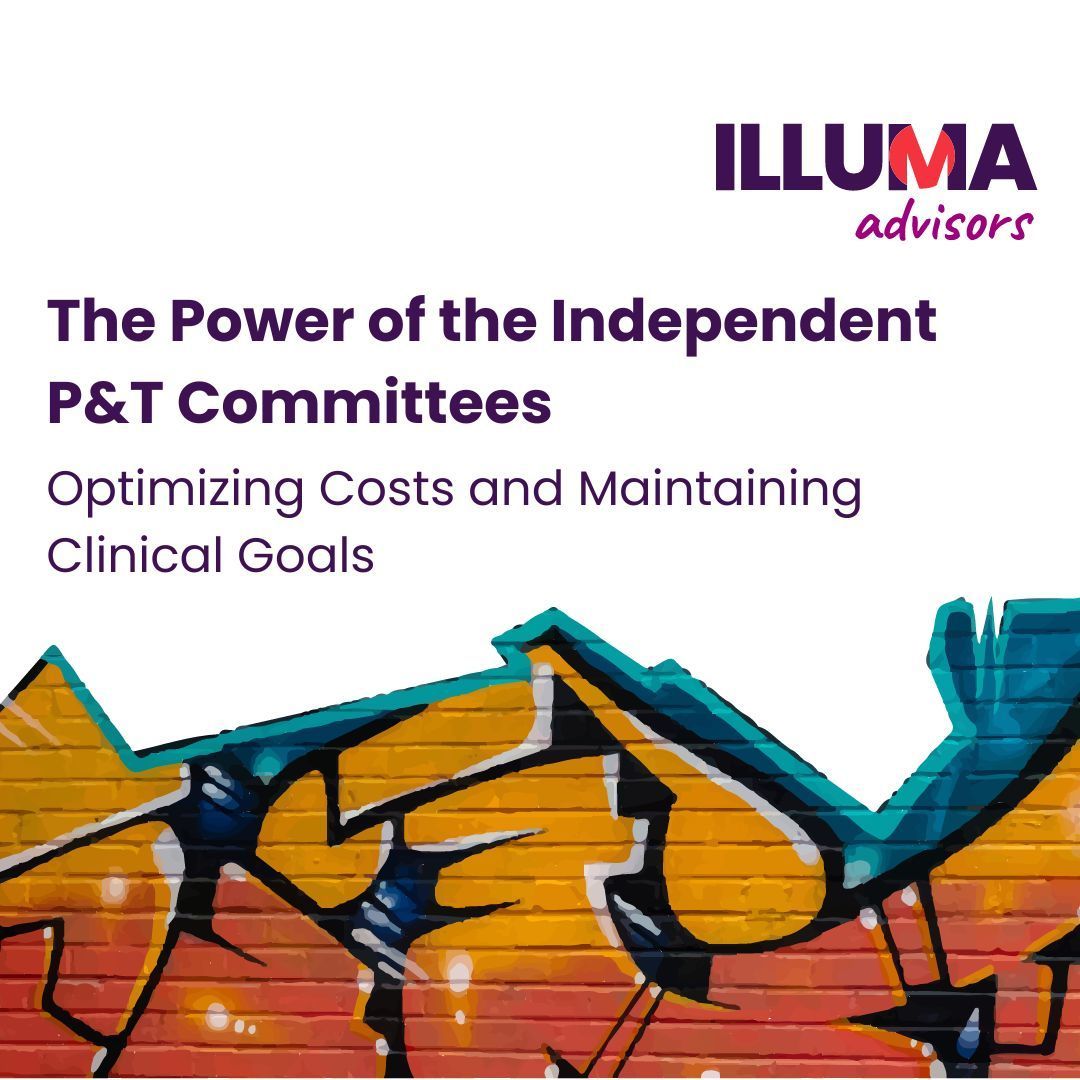Navigating the Future of Managed Care and Pharmacy
Trends to Watch for in 2024
As we approach 2024, the healthcare landscape is poised for significant transformation. From managed care to pharmacy trends, several emerging patterns are reshaping how care is delivered and managed. Here's a deep dive into what to expect:
1. Telehealth's Continued Dominance:
Telehealth services, which saw a surge during the COVID-19 pandemic, are here to stay. Their convenience, cost-effectiveness, and ability to reach underserved populations make them a staple in modern healthcare.
2. The Resurgence of Value-Based Contracting:
While value-based contracting in pharmacy rebates is not a new concept, there's a renewed interest and momentum in its adoption. Historically overshadowed by volume-driven rebate models, the industry is now revisiting these contracts with a fresh perspective. The focus is shifting from merely the volume of prescriptions to the actual health outcomes and effectiveness of medications. By re-embracing these contracts, the aim is to align rebates more closely with therapeutic results, ensuring that patients benefit from the most effective treatments. This resurgence signifies a collaborative effort between payers and manufacturers to prioritize patient health while effectively managing costs.
3. AI and Predictive Analytics in Managed Care and Pharmacy:
Artificial Intelligence and machine learning are not only revolutionizing patient care but also the administrative side of healthcare. These technologies optimize care pathways, assist in diagnosis, predict patient needs, and lead to more personalized care. Additionally, AI is playing a pivotal role in coding benefits and streamlining benefit systems. By automating and enhancing these processes, there's a significant reduction in administrative costs, making healthcare and PBM operations more efficient and cost-effective.
4. Addressing Social Determinants of Health (SDOH):
Health isn't solely determined within the confines of a clinic. Factors like housing, education, and food security play a crucial role. Expect more collaborations between healthcare providers, community organizations, and policymakers to address these determinants.
5. Specialty Pharmacy and Drug Trends:
Specialty pharmacies, focusing on high-cost and complex medications, are on the rise. With specialty drug spending expected to reach $250 billion by 2024, managing these costs will be paramount. Additionally, the increasing cost of pharmaceuticals, driven by both new and existing drug prices, will continue to be a significant concern for payers.
6. PBM Transparency and the Role of Rebate Aggregators:
Pharmacy Benefit Managers (PBMs) are under the spotlight for their role in drug pricing. Stricter regulations and demands for transparency are on the horizon. Rebate aggregators, negotiating rebates on behalf of multiple payers, will play a pivotal role in ensuring competitive drug prices and will need to ensure they can clearly showcase the flow of the dollars.
7. The Rise of Biosimilars:
Biosimilars, near-identical copies of original biologic drugs, offer a more affordable alternative. Their introduction to the market, and growing presence, is driving competition and has the potential to lead to significant savings, especially with the launch of biosimilars like adalimumab.
8. Inflation and Healthcare Costs:
Healthcare costs are projected to rise by as much as 7% in 2024. Factors like inflation, labor shortages, drug price hikes, and new contracts between payers and providers are contributing to this spike. Payers and providers will need to navigate these challenges strategically to ensure quality care remains accessible.
9. Emphasis on Mental Health:
The integration of mental health services into primary care, early intervention, and broader coverage by managed care organizations underscores the growing recognition of mental health's importance. It is crucial to ensure that the focus is on the patient and their wellbeing while balancing the increased use of services available.
10. Preparing for Reforms and Regulations:
From Direct and Indirect Remuneration (DIR) fee reforms in the pharmacy sector to potential new regulations for PBMs, stakeholders must stay informed and agile. The ever-changing regulatory landscape is intended to improve healthcare as a whole. It’s important to stay connected in this space to ensure that the requirements result in this improved care.
11. Embracing Digital Therapeutics:
As technology continues to intertwine with healthcare, digital therapeutics emerge as a powerful tool in disease management and treatment. These are not mere health apps but are clinically validated interventions driven by software to address a myriad of health conditions. Their evidence-based approach, combined with the convenience of digital access, makes them a game-changer. Whether it's helping manage chronic conditions, mental health issues, or lifestyle habits, DTx offers personalized, real-time solutions that can complement or even replace traditional treatments. With regulatory bodies now recognizing their potential, the future looks promising for DTx in enhancing and reshaping healthcare outcomes.
In conclusion, 2024 promises to be a pivotal year for healthcare. Stakeholders across the board, from providers to payers to patients, will need to stay informed, adaptable, and proactive to navigate the evolving landscape effectively.
Subscribe for Exclusive Industry Insights
Subscribe for Exclusive Industry Insights












